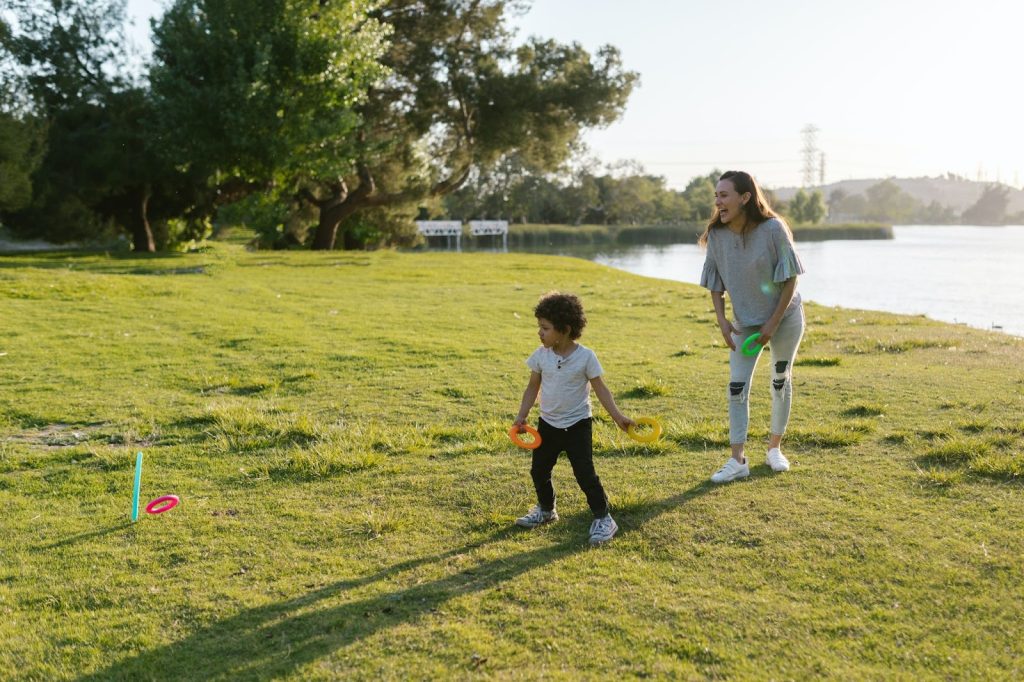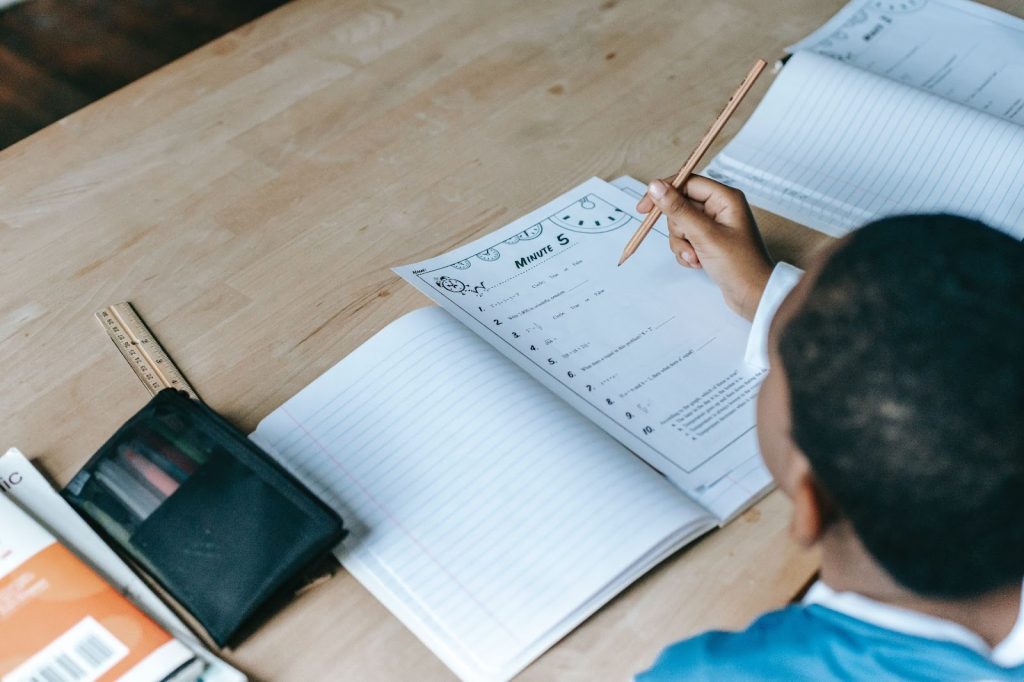Methods Every TEFL/ESL Teacher Should Know
No two classrooms are the same. The teacher, the students, and other variables make teaching an unpredictable profession. What works in one class might fall flat in another. One lesson your students might be riding a sugar high, the next a sugar crash. Because of these variables, there isn’t objectively a “best” teaching method in the TEFL classroom. However, that doesn’t mean there aren’t certain teaching methods which are more effective than others.
While it is true that there are many variables which may determine whether an approach is more optimal than others, there are certainly methods you can adopt to improve your classroom atmosphere. Through trial and error, teachers and psychologists throughout history have assessed different teaching methods to establish which one is most effective.
One size doesn’t fit all, however. And that’s why we’ve created a list of teaching methods which you should familiarize yourself with to become the best possible teacher. Whether you teach online or in-class, prepare to become the swiss army knife teachers. Here are our top picks when it comes to teaching methods in the TEFL classroom.

Total Physical Response:
We can safely say that there aren’t many methods as effective as Total Physical Response, or TPR. This is the case whether you are teaching in-class or online. TPR is a teaching method which heavily emphasizes body language to elicit response and consolidate memorization for students.
When you employ TPR in your classroom, it instantly creates a more engaging classroom atmosphere. You combine new vocabulary and target language with mimes and gestures. This doesn’t mean just playing charades in the classroom. But to constantly communicate with your body as well as speech.
For example, instead of merely saying ‘repeat after me’, you could make a hearing gesture after saying what you want them to repeat. If you want them to repeat a sentence, have a finger resembling each word while you pronounce it slowly before making the hearing gesture. Another example is clucking like a chicken if you want the students to remember the word ‘chicken’.
Not only does this create and display more energy, but it helps tactile and visual students to match target language with movements. This is significantly more effective than being a parrot repeating particular words with no other ways to help memorize them. While I’m not here to regurgitate clichés about how much communication relies on body language, body language is imperative to language acquisition.
It is also so effective because it doesn’t necessarily replace any other teaching methods. It can be used while simultaneously employing any of the other following methods.
Grammar-Translation:
 Grammar-Translation is a very teacher centric approach towards language acquisition. It is also arguably one of the most criticized methods on this list. However, it is useful for teachers to understand why it is criticized and how other methods counter this approach.
Grammar-Translation is a very teacher centric approach towards language acquisition. It is also arguably one of the most criticized methods on this list. However, it is useful for teachers to understand why it is criticized and how other methods counter this approach.
It is a text-heavy teaching method. Students will be required to translate vocabulary words and sentences from their mother language into their new language. Grammar rules and target language are learned by repetition, and independent communication skills are often neglected.
In this approach, we often use the mother language. However, this can create many problems. Not all languages follow the same rules, and relying too heavily on direct translation will make students dependent on something that isn’t necessarily accurate.
The Direct Method / Natural Approach:
The Direct Method, or the ‘Natural Approach’ is the polar opposite to the Grammar Translation. It is also exactly what it sounds like. Here, you will apply methods for students to learn the target language without the help of their first language.
This is effective because it prevents ‘L1 interference’ or first language interference. Often, classrooms rely heavily on direct translations to learn a new target language. However, this can create many problems. For example, in Spanish, the adjective usually follows the noun, whereas in English the adjective precedes the noun. A Spanish student might start saying “you’re big is dog” instead of “your dog is big”, for example.
The idea that we were all without another language when we learned our first reinforce the Direct Method. Because of this, we should be able to learn our second without external support.
The teacher should create a classroom which has audio, visual, auditory and tactile activities to create a direct relationship between the language and the world. Instead of their language acquisition being facilitated by their first language, it is being facilitated independently within the context of the world.
Potential drawbacks are always present, though. The way a student learns their first and second language will always be different. With their first language, they grow up learning through the real world, the classroom, and social situations.
With their second language, however, they may fall into the trap of only learning English within the classroom. Depending on the teacher’s methods, it may hinder progress. It is imperative that students utilize English outside of the classroom or in task based contexts to maximize language acquisition. Which brings me to the next teaching method…

Task Based Lesson / Project Based Lesson:
Task Based Learning, or Project Based Learning, is utilized in order to help students become more independent using English. It can be much more effective than having students be passive, merely absorbing target language which is hurled in their direction.
It involves students trying to solve problems or complete activities while only using English. Activities could vary from making a poster, creating a business, buying and selling in English, and so on. Regardless of the activity, it fosters independence and helps the students become active when utilizing English.
Student motivation will be maximized when there is student interaction or creative freedom to perform their activity. By allowing students to have the self autonomy or creative freedom to complete their activity, it provides them the confidence to use English within real world contexts.
Communicative Language Teaching:
Communicative Language Training, or CLT, is a teaching method which focuses on improving ‘fluency’ rather than ‘accuracy’. While accuracy emphasizes written and spoken English which is grammatically correct, fluency focuses on natural and effective use of spoken English.
Accuracy is obviously very important, but what use is it if the student cannot effectively communicate in English? In a sense, accuracy is the theorist, whereas fluency is the practitioner.
As a result, students will be able to communicate more effectively in realistic social situations. Often, this method focuses on target language relating to introductions, requests, thanking, or expressing something.
Test, Teach, Test:
Test Teach Test is an excellent way to quantify the improvements of students with a particular topic. It consists of the teacher testing the student on something before introducing the target language. The teacher then introduces and guides them through the target language, before testing them once again. That way, the teacher can measure the improvements that the student made.
This can be done by introducing the target language in a game as a ‘warm up’. The first five minutes is crucial towards grabbing your student’s attention. If the teacher could test them in an interesting way, it would set an engaging precedent for the lesson.
The Structural Approach:
As you could imagine, the structural approach is all about structure. This teaching method is about grammatical structures as opposed to vocabulary. When the students are exposed to the order of a sentence, they are also learning about its structure.
For example, the student will learn about the standard sentence structure of Subject, Verb, and Object. When the student masters the pattern of this sentence, they can start forming their own sentences using the same structure.
One of the disadvantages of this approach, however, is that it could be boring if not paired with engaging activities. The approach relies on repetition and drilling until the students are able to utilize these sentence and grammar structures. It doesn’t put a lot of emphasis on independence or problem solving skills like other methods.

The Silent Way:
Please don’t confuse this with the silent treatment if your students are being disruptive. The Silent Way is a teaching method which consists of maximizing student talk time while minimizing teacher talk time.
If the teacher is silent for a majority of the time, the students are encouraged to produce the language themselves. Language acquisition is facilitated when students look for the answers instead of passively absorbing what the teacher is drilling. It fosters problem solving skills as well as independence as the student must venture to discover the answers themselves.
This doesn’t mean the teacher should just stand there scrolling on Facebook while the students are left to figure things out themselves. The Silent Way should be complimented by TPR in the classroom. The teacher, rather than telling them what to do or say, can gesture what action the students need to take. Then, the student will associate the target language with particular gestures.
No Two Classrooms Are The Same:
 Whether you are teaching online, in-class, at a private or a public school, no two classrooms are the same. This is why it is important for teachers to not only adopt a style that fits them, but to adopt multiple styles that fit other students.
Whether you are teaching online, in-class, at a private or a public school, no two classrooms are the same. This is why it is important for teachers to not only adopt a style that fits them, but to adopt multiple styles that fit other students.
Students can use one style and it could create a positive reception with one class, however, evoke almost nothing with the next class. Teachers should be adaptable and ready to improvise, and they can always be ready if they familiarize themselves with diverse teaching methods.
If you want to learn more about these teaching methods, our TEFL courses and Teaching Tips Blog are available to give you a wealth of information about teaching methods within the classroom. Pair this with refined TEFL knowledge and newfound confidence to teach, and your classroom will be an educational sanctuary for your students.
Which Method Should You Use?
Regardless of whichever approach you choose, it is advisable that teachers utilize Total Physical Response to engage with their students. Rather than teaching it as a method, it should be treated as a necessity within the classroom. Once it is utilized, it can be paired with the other teaching methods to maximize responsiveness to teaching activities and methods.
The post Popular TEFL/ESL Teaching Methods Every Teacher Should Know appeared first on Premier TEFL.




